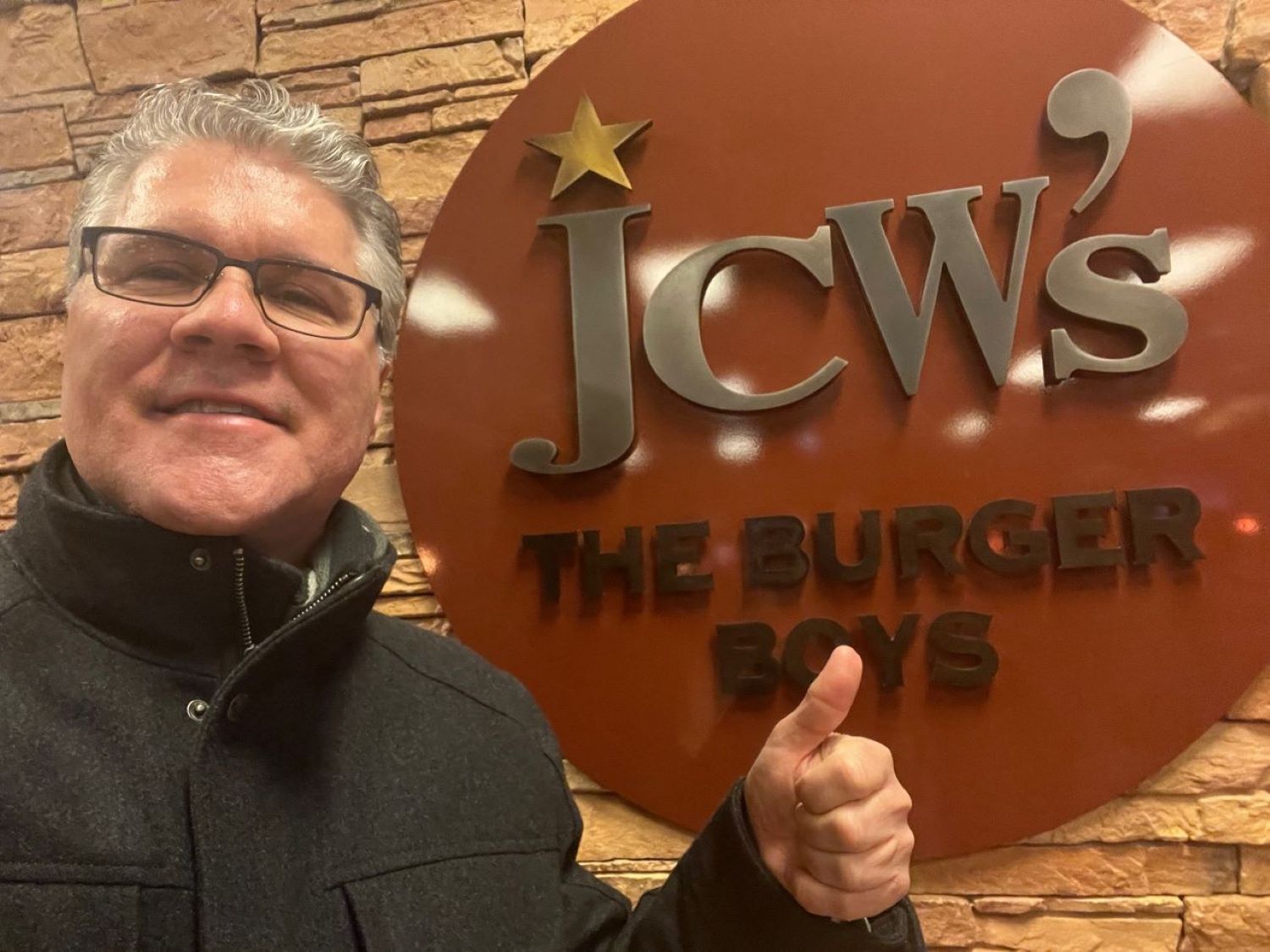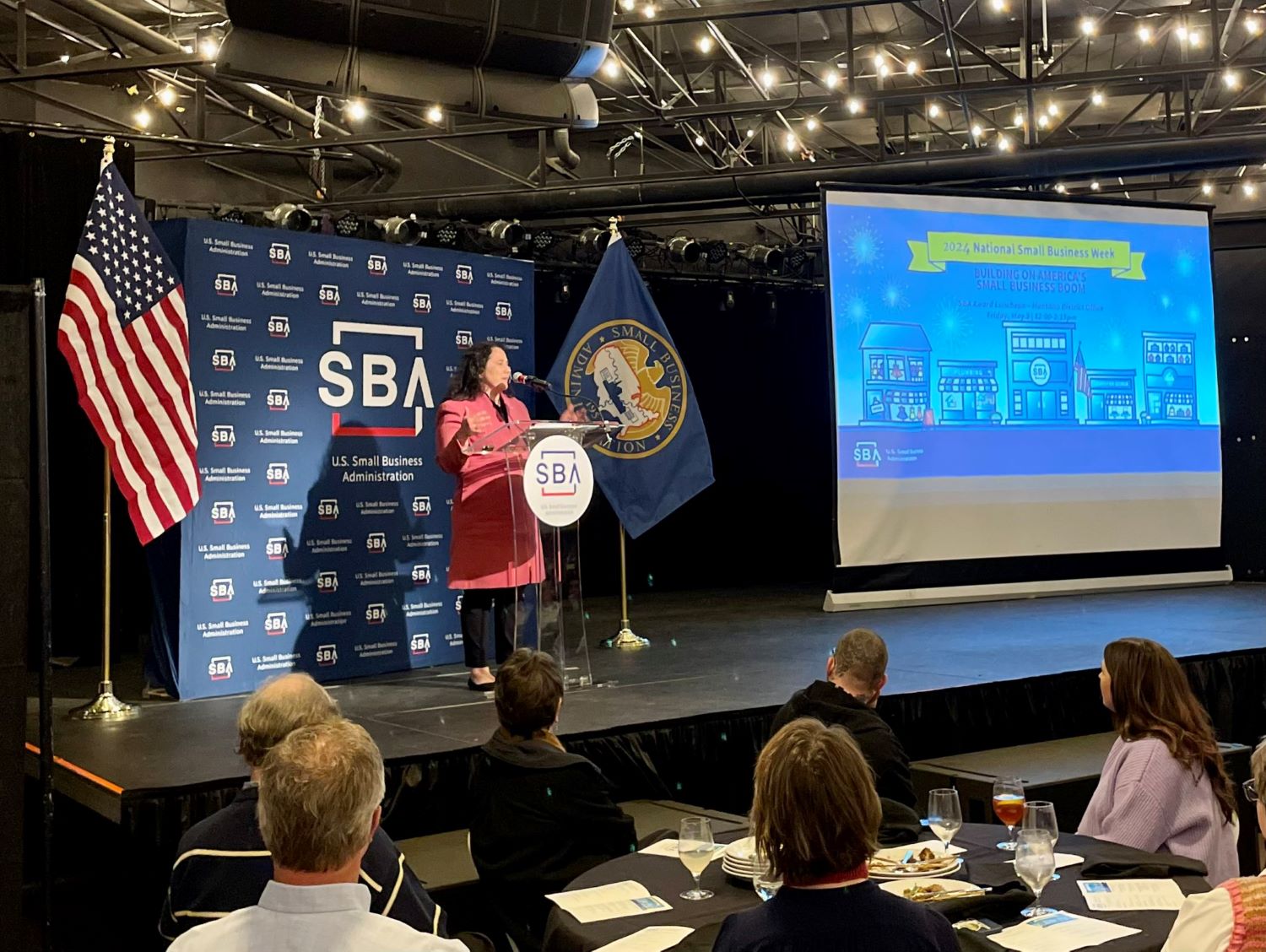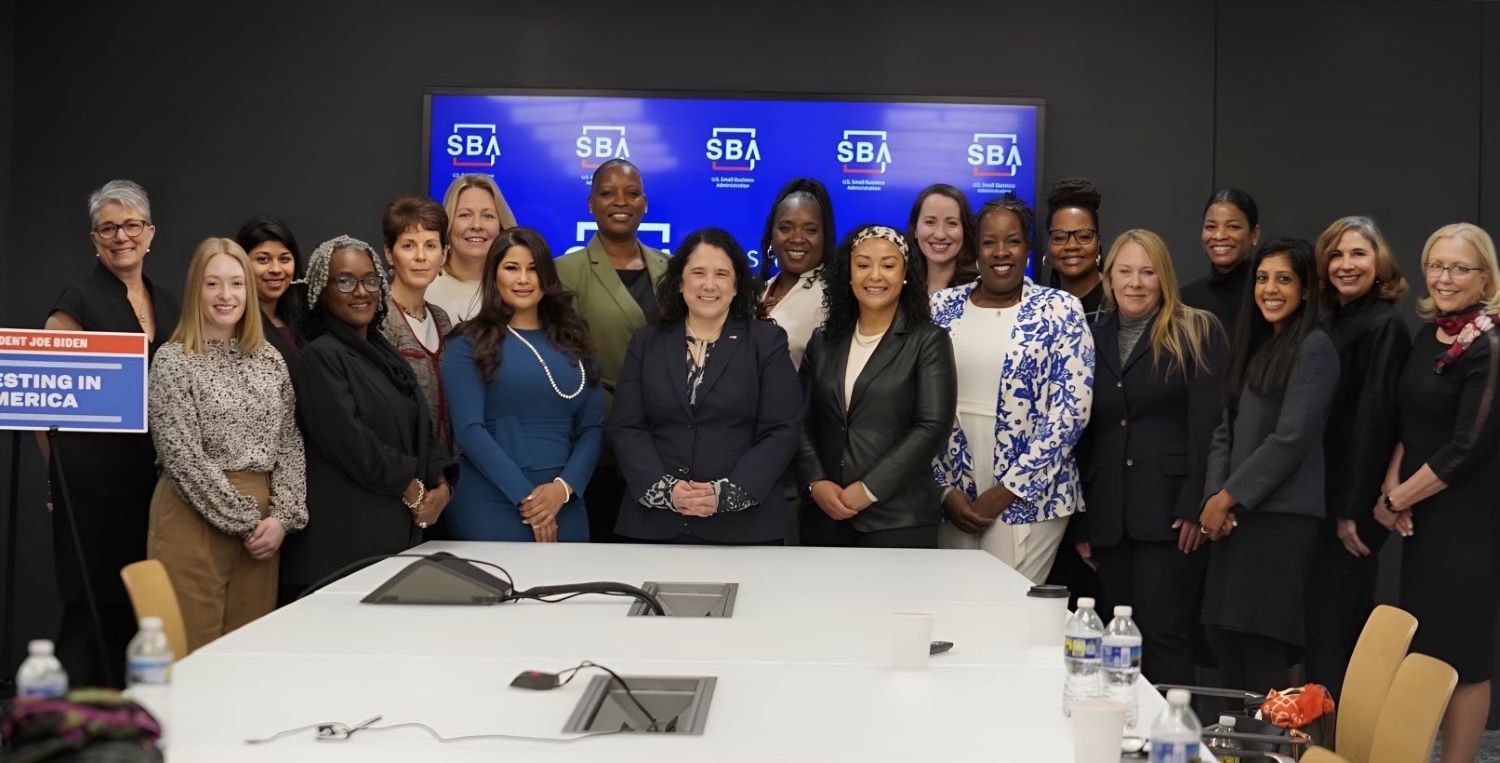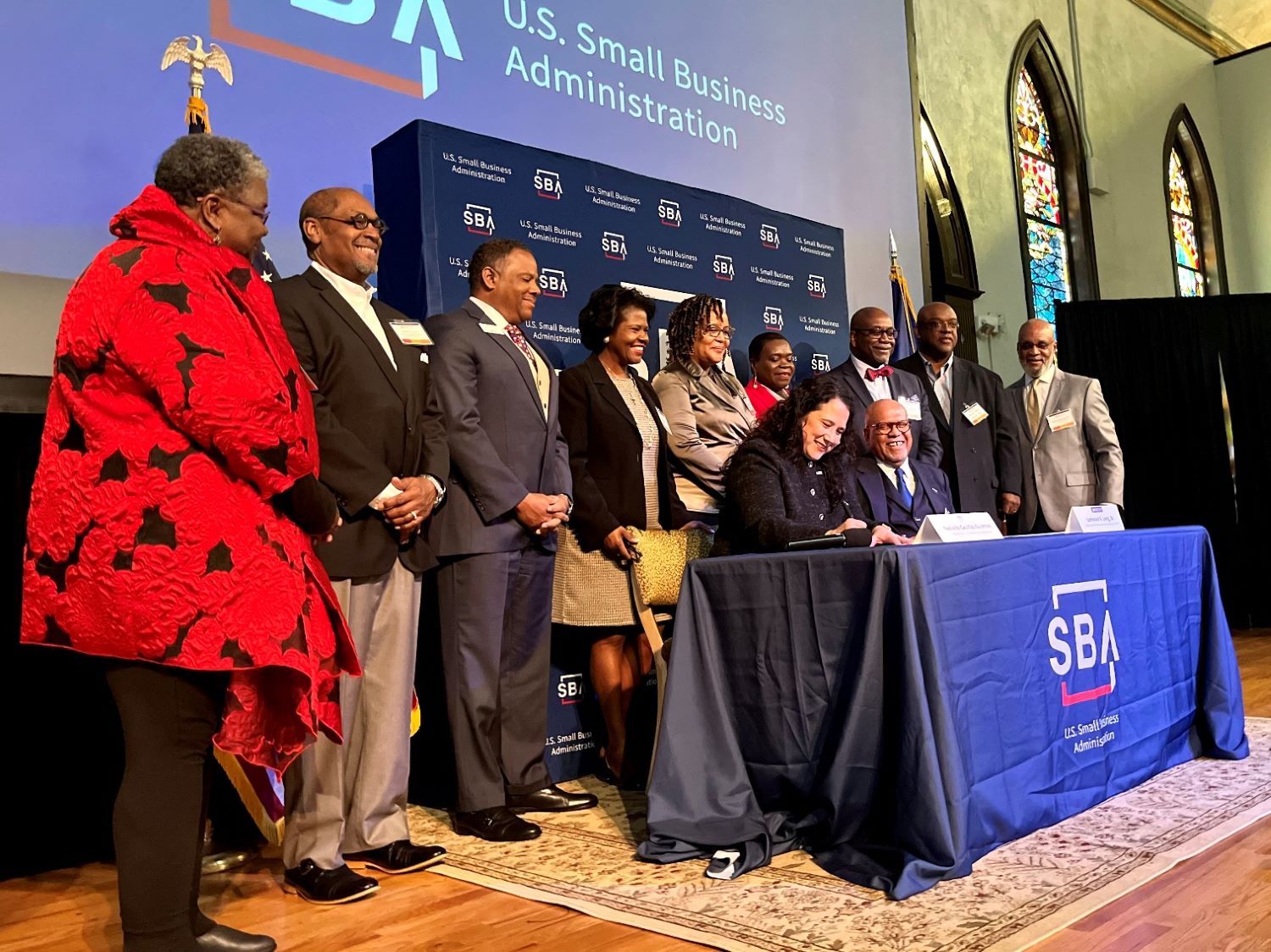Chris White Elaborates on How Powerful Government Programs to Contractors
According to the Small Business Administration (SBA), smaller companies—defined as those with fewer than 500 employees—were responsible for 62.7% of all new jobs created between 1995 and 2021. This has proven that many people are taking on the “American dream.” On that path to the final destination, government contracting is a great way for businesses to expand their business.
Yet, in several respects, small businesses are at a distinct disadvantage compared to their larger competitors. This is why some argue that government policies favoring these small firms are important. And the fact is, we have these “helping hands” to help small businesses win at least 23% of all federal contracting dollars each year.
We call that government contracting programs. Still, many contractors are not familiar, or even aware of these government programs like the Small Business Innovation Research (SBIR), Paycheck Protection Program (PPP) Loans/Grants, to name a few. That’s why Chris White has come to help, he is going to bring the insights on these contracting programs, and beyond that.
Government Programs – Silver Bullet for Small Business in Contracting Game
Chris White, co-founded scmBLOX, a small business focuses on supply chain simulation software designed to help executives understand, analyze, and evaluate long-term strategic what-if scenarios for companies, such as the impact of a disruption far down in the supply chain or the transition of orders from one supplier to a new supplier.
Recently, Chris White’s company’s secured government contracts, notably with DARPA, where they proposed developing a simulation tool in response to a solicitation for advanced mathematical techniques. Ultimately, they received $850,000 to create a project management simulation tool.
They’ve also completed projects for other government agencies like the Department of Transportation, National Institutes of Health, and the Department of Education, demonstrating their versatility and success in government contracting.
With a triumph like that, not to mention that he’s been in the game for 30 years. Chris White a well-seasoned and qualified one to elaborate on the government programs you may have never heard of, like SBIR, or ones you might want to know more about, like Grants.gov, Sam.gov.
The Beauty of Small Business Innovation Research (SBIR) Program

Chris White has worked on 20 SBIR projects and he thinks that it’s a helpful program for small businesses.
“It’s a government program that is phenomenal for small businesses,” as expressed by Chris White.
If you go to this site, they have finally collected everything in one place. What you’ll see from here is that there are 11 agencies that participate in the SBIR program. The agencies that participate are the Department of Defense and Homeland Security, the Department of Commerce, NIST, Department of Commerce, the National Oceanic and Atmospheric Agency, DOE, DOT, Department of Education, EPA, Health and Human Services, NASA, NSF, and USDA all participate.
“An agency, if it has a certain amount of R&D budget, has to allocate a small percentage (around 2-3%) into this bucket, and it’s this money that they can spend as part of the SBIR program. The Department of Defense is probably the largest agency in here, accounting for about half of it. Out of the $2.5 to $3 billion a year spent through the SBIR program, the Department of Defense contributes about half of it,” said Chris White
Even each agency has its own SBIR website, this SBIR website brings everything together. The website offers detailed information on each solicitation, including release dates, deadlines, and specific requirements, making it easier to prepare submissions. The site also directs users to agency-specific pages for additional tailored resources.
With a wide range of topics, from highly specialized to more general, and relatively concise application requirements (15 to 25 pages), the SBIR website streamlines the process, making it accessible and efficient for small businesses to find and secure funding opportunities.
According to Chris White, the purpose of the SBIR program, its sole purpose, is to help small businesses create commercially viable products and services. The government is paying you to create something that you are allowed to go sell. What’s different is that most of the time, when you do something for the government and the government pays you to do something, the government owns it. Just like you do because they paid for it.
This SBIR program provides special privileges to the small business that protect their commercial rights and what they create.
“For example, when you do this, there’s a five-year window where the government cannot do anything with what you just completed. So, you have a five-year head start to go commercialize before they can do something,” as shared by Chris White
He added, “The idea is that by the time five years later, they only have version one and you’re on version 10, right? So, there’s no real competition. That’s the goal of it.”
And to achieve this goal, it does it through a three-phase approach which includes: a small project, a bigger project, and then commercialization.
Phase I – Get Start for the Competition
The aim of Phase I is to assess the technical merits, feasibility, and commercial potential of the proposed research or research and development (R/R&D) projects, and to evaluate the performance quality of the small business awardee organization before granting additional federal support in Phase II.
Chris White said that “the first phase, in any government contracting, has to have some competition. Rarely is there justification for a sole-source award of only one company. Phase One of the SBIR program is that competition.”
He continues, “Phase I is anywhere from six months to a year, with a small contract ranging from probably $75,000 to $150,000. I think some of them are up to $250,000. So, it’s a pretty good chunk, but it’s only a couple of people part-time. What you’re trying to do is get past that Phase I and get to a Phase II.”
Phase II – No Competition, Money Starts Flood in

The goal of Phase II is to further the R/R&D efforts started in Phase I. Funding for this phase depends on the outcomes of Phase I and the scientific and technical merit and commercial potential of the proposed Phase II project.
“In the Phase II contract, you have now completed the competition part of it with Phase One, so you can get a Phase II with no competition. If you did well, you move on to Phase II if funds are available,” stated Chris White
He also said that “Phase II is anywhere from, say, 18 months to two years, and the money can be anywhere from $700,000 to $1.5 million. So now you got a big chunk of money that you can hire people and do stuff. Phase I is sort of like a feasibility or proof of concept. Once you do that, Phase II is the prototype or the first version, and that’s where they give you a lot more money.”
Phase III – Commercialization
The objective of Phase III, where applicable, is for the small business to pursue commercialization goals based on the R/R&D activities conducted in Phases I and II. The NIH SBIR/STTR programs do not fund Phase III, and NIH typically does not provide any Phase III funding to small businesses.
Chris White stated, “Phase III is what they call commercialization, and that can be any size and is usually not paid for by the SBIR program. For example, if you’ve done this for the Department of Agriculture, it might be the division within the Department of Agriculture that pays to continue the work, and the SBIR program doesn’t do that anymore.”
Grants.gov – The Bigger Umbrella
The other thing Chris White wants to bring up is Grants.gov because that’s another very good avenue.
As expressed by Chris White, “Grants.gov, just like SBIR.gov, is the collection point for all SBIR types of grants. Grants.gov is a larger one, so within Grants.gov, I could find all those SBIR grants. It’s an even bigger umbrella that includes everything, and what’s amazing about that is its comprehensiveness.”
Chris White finds Grants.gov to be a highly useful platform for searching and filtering grants based on specific criteria. He appreciates the detailed information provided for each grant opportunity, including due dates and funding amounts, making it easier for users to find relevant opportunities and access relevant documents.
There’s also a package associated with each grant. The package is the proposal package, and it’ll tell you all the things that you have to turn in and do. So, if you think of SBIR as great, then Grants.gov is even bigger.
SAM.gov – The One Stop Shop for Government Contractors
“SAM.gov is even the bigger umbrella that everything is under. Grants.gov includes grants but also other contracting opportunities that may be more contract-based instead of grant-based. So, we went from SBIR to Grants.gov to SAM.gov,” said Chris White.
On SAM.gov, there’s a section for contract opportunities. You can search for specific contracts, like project management. Sometimes only one result might show up, which could be due to a filter or constraint, but usually, there will be more. This site gives you the opportunity to see who the government agency is, the size of the contract, the due date, and the requirements.
“These are just great places to go if you’re a small business. At least once a month, I usually do it at the beginning of the month: I go to SAM.gov, I go to Grants.gov, and I go to SBIR.gov. I search for opportunities relevant to my business and spend the day digging through to see if there are any good opportunities for me,” said Chris White.
He also highly suggests that any small business go through these sites and filter for small business contracts. These three sites are very important.
If you do any government contracting, you must be registered on SAM.gov. Your company must be listed, and all your contact information needs to be there. That’s what allows you to do business with the government. So, if you’re going to consider any of these, the first thing you need to do is go to SAM.gov and get yourself an account.
Chris White and Key Insights to Win Contracts
Not only Chris White himself walked us though all the complexity of government programs and sites for contractors, there are also lessons that he wants business owners to take note.
Let’s Make Some Progress – You Have to Get on Those Sites
“As a small business, you just have to get on those sites and search for things to see what’s out there, see what the government agencies are asking for, and try submitting some proposals. Learn the process, and that’s how you get better at it. Your proposals will improve over time. You may not win the first one, and that’s fine. You’ll learn from your mistakes and make your next proposal better,” said Chris White.
The great thing about many grants and the SBIR program is that they are required to give you feedback if your proposal is not selected. They’ll tell you why—whether your team wasn’t strong enough, you didn’t have enough experience, or you didn’t show sufficient commercial opportunity. This feedback is invaluable. You can come back later and try again with a better proposal.
He said, “It’s a great learning process for small businesses, and I can’t recommend it enough.”
Tell the Government That You Can Solve Their Problems

According to the founder, what the government wants to see is that you have a good idea.
So, if they’ve given you something specific in the solicitation of what they want you to do, say, “We can do that for you, Department of Transportation, but the world needs this also, not just the Department of Transportation.” You prove to them that there’s a market for it, and that’s part of the winning strategy.
You prove that to them, and you got to have a good team, a good idea, all that sort of stuff. As a small business, if you can get a larger company to write a letter of support for you and put that as part of your proposal.
“For example, when I would do things for the Department of Defense, I might talk to Boeing or Raytheon and ask if they could use something like this. If they say absolutely, I’d ask them to write me a letter saying they endorse this technology and would love to see it in the market. This helps the government make their decision, seeing that you have a good team, a good idea, and that there’s commercial interest in what you’re doing,” said Chris White.
You can Take to the Officers – They are Helpful
For those new contractors, these government programs and sites may look daunting since there are many things you have to get to know. However, there’s away a way out.
According to Chris White, the National Science Foundation (NSF) and the Department of Defense, the largest dollar-wise, they’re looking for everything. If you can just show them it’s a good idea, they’re happy with that.
Before diving into a comprehensive proposal to send to agencies like the NSF, businesses are encouraged to create a succinct pitch deck that encapsulates the essence of their project. This pitch deck typically includes a brief description of the project and a concise analysis of the market.
By submitting this preliminary document, businesses receive valuable feedback from the agencies regarding the feasibility and potential of their ideas. Moreover, agencies like NSF facilitate direct communication by providing contact information for personnel who can offer guidance and assistance throughout the proposal development process.
“Before submitting a full proposal, you have these other opportunities of talking with people and sort of understanding whether or not you’ve got a good idea or something, you know, so you’re not wasting your time too much. But if you find something you like, the best learning is to just go for it and kind of see if you get it. And if you don’t, take the feedback and apply that and go for another one,” said Chris White.
The Success Rate is Worth Considerable

About the success rate, according to Chris White, it’s worth it give it a try.
He said, “the numbers I had been given, the numbers is that about for a phase one, and for Grants as well, it’s usually about, probably a 10 to 15% success rate, so that means you’re going to submit about 10 before you win one. “
He added, “You’re not going to win them all, and so it’s a very small percentage. But for the SBIR, once you get that phase one, it’s actually like a 50% chance that you’ll get the phase two. It increases significantly because all the competition has gone away.”
Once you win your first grant or contract with the government, your chances of winning another one have got up significantly.
“So, the first one’s the tough one, but once you get that and you show that you can play in that space, you stand a better chance of getting the next one because you know what they’re looking for, you know how to ride it,” expressed Chris White.
There are Enough Opportunities for Everyone
On Grants.gov, there are over 400 grants for small businesses. There’s no shortage of opportunities; it’s just figuring out what aligns with you. The same techniques apply as if you’re bidding on HVAC. You’re finding organizations to partner with or universities or people or experts to provide what they’re looking for. And some of those grants, they may not have many submissions, and some of them don’t.
“The government agencies will put solicitations out there and no one goes for them. No one’s looking for them. So yeah, plenty of opportunities,” said Chris White.









